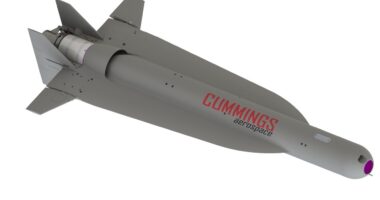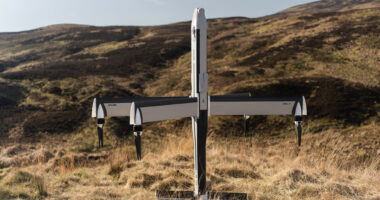Iran has pulled the curtain back on three new combat drones: Homa, Dideban, and Shahin-1, each designed to bolster its growing fleet of domestically built unmanned systems.
Revealed at a drone base in southeastern Iran, the trio adds new capabilities ranging from vertical take-off to kamikaze strikes and electronic warfare.
Homa is a VTOL drone that can climb to 12,000 feet (3,657 meters) and is fitted with night vision gear. It is built for reconnaissance in contested airspace, especially where jamming is in play.
Dideban is smaller, more mobile, and built for day-and-night surveillance. It can link up with other systems to scan multiple zones at once, acting as a flexible scout or targeting assistant.
Shahin-1, among the most modern designs, is a first-person view suicide drone built for one-way missions against both fixed and mobile targets. Its flexible altitude profile gives it a range of strike options.
“By investing in strategic areas like unmanned systems … we’ve positioned the Ground Force as a leader in adopting next-generation military technologies,” said Brigadier General Nozar Nemati, deputy commander of the Iranian Army’s Ground Force.
Building Its Drone Arsenal
Tehran continues to ramp up its domestic drone program, aiming to strengthen defense self-reliance and boost deterrence amid ongoing regional tensions.
Earlier this year, it introduced the Shahed-149, also known as “Gaza,” a heavy-duty drone named after the Palestinian territory.
The Shahed-149 boasts a wingspan of 22 meters (72 feet) and a reported flight range of up to 4,000 kilometers (2,485 miles).
More recently, Iran unveiled the Razvan, a kamikaze-style loitering munition with an estimated range of 20 kilometers (12 miles). Equipped with a front-facing camera, it allows for first-person view control during missions.









